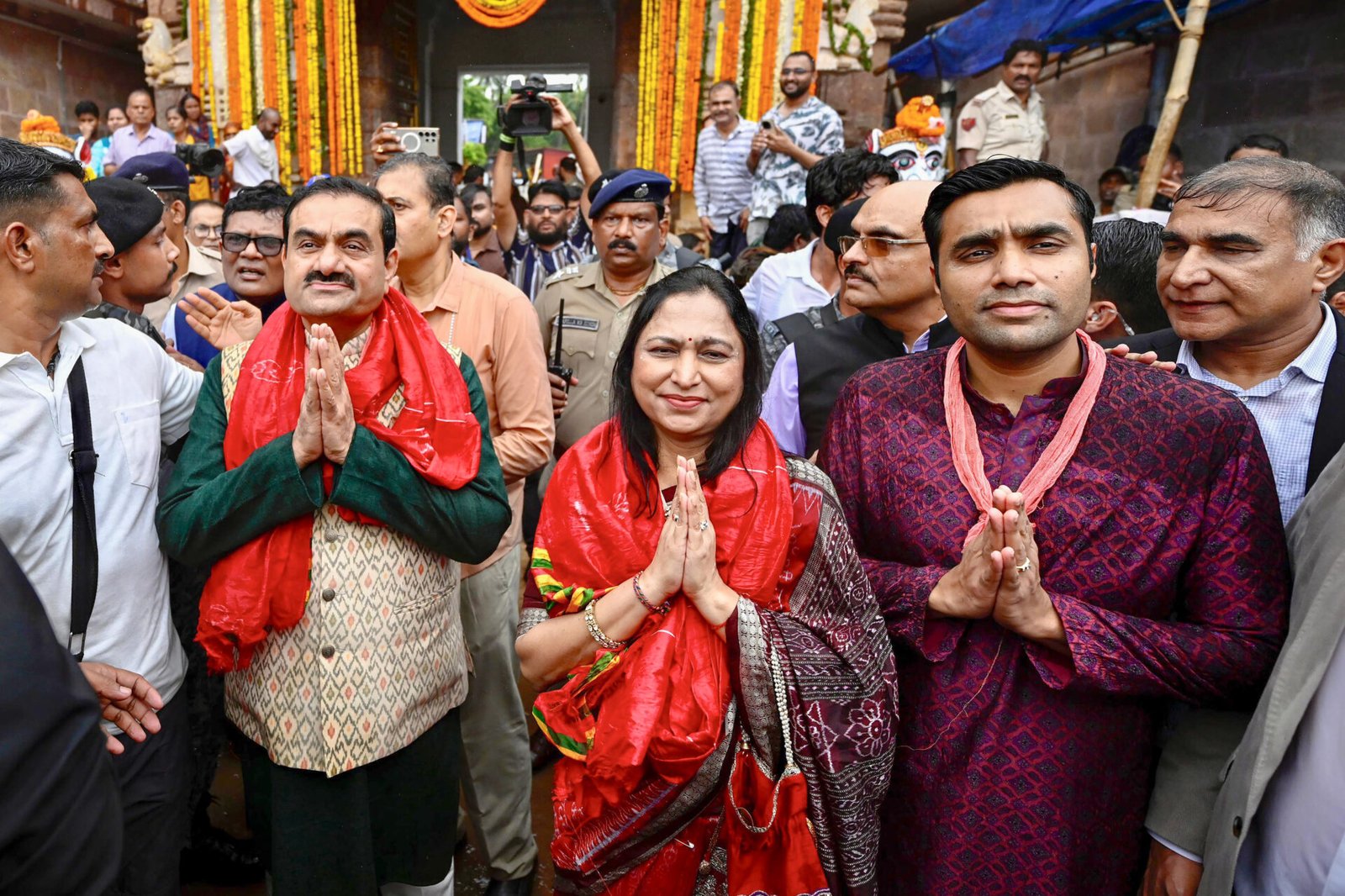Author: Luis Jaime Cisneros, Carlos Mandujano| AFPSat, 2017-03-18ID: 1489831715186044100
LIMA, Peru: El Nino-fueled flash floods and landslides hit parts of Lima, leaving some communities cut off from roads Saturday, as others fled rising rivers and millions fretted that they won’t have drinking water.
Peru’s geographic extremes help fuel the often deadly force of the mudslides, known locally as huaycos, the indigenous Quechua word for flash flood-landslide.
The South American nation of over 30 million has plenty of extremes: its Pacific coastal deserts in the west are interrupted by the steep, soaring Andes, famed for the Inca people and Machu Picchu in the south. Further east, Peru has hot Amazon basin lowlands.
The tremendous steepness of the mountains combined with many areas that are rocky and sandy but lack the level of topsoil found in more temperate places, mean fewer trees are there to stop mudslides.
After weeks of heavy rain came sweeping toward the coast, it filled many riverbeds in coastal areas that went from empty to overflowing in no time. Some residents on the outskirts of the capital of 10 million people awoke Friday to the realization their bedrooms were filling with water.
Others found themselves cut off by mudslides that blocked portions of the main highway linking Lima to the center of the country.
In one dramatic scene, rescuers used zip lines to help residents of Lima’s Huachipa neighborhood escape over the torrent of brown water that was once their street, as it swallowed up cars and trucks.
The floods have been triggered by El Nino, a warming of surface temperatures in the Pacific Ocean that wreaks havoc on weather patterns every few years.
Urban residents can’t unprepared
But this year it has hit Peru particularly hard.
“It’s a difficult situation, there’s no doubt about it. But we have the resources” to deal with it, said President Pedro Pablo Kuczynski.
The government announced it would release 2.5 billion soles ($760 million) in emergency funds to rebuild affected areas.
Over half a million people were getting assistance.
While Peruvians have been dealing with huaycos for centuries, many poor residents of cities and towns build makeshift homes in areas that they may not realize could be a flash-flood zone.
At times, authorities do tell different groups to move, but they voice frustration that they have nowhere to go. And authorities’ presence in the poorest peripheral districts, many perched on mountainsides, can be inconsistent.
The inundation came as the National Emergency Operations Center said at least 65 people have been killed in Peru this year in natural disasters, the latest being three deaths in a flood in the La Libertad region of northern Peru. Two people were missing, and 72,115 had lost their homes.
Some opposition politicians have called for the president to declare a national state of emergency, instead of local ones.
Among them were a few lawmakers urging Kuczynski to drop a bid for Lima to host the 2019 Pan-American Games so that more funds could be used for recovery efforts.
Human chains
In metro Lima, areas such as Huachipa as well as Carapongo, locals had to resort to forming human chains to not be swept away to their death.
Police and firefighters also were using zip lines to evacuate people from the roofs of their homes.
Frank Luis Limache, a resident of Huachipa, told El Comercio he was trapped with a group of more than 30 people.
“Please. Help us. We are trapped in here and haven’t eaten since last night,” he said.
The Rimac River in Lima toppled a pedestrian bridge linking El Agustino and San Juan de Lurigancho.
In the Punta Hermosa district south of Lima, a getaway of posh beach flats, the usual upscale quiet was jarred by a huayco that on Wednesday swept a humble farm woman, 32, farm from her farm, awkwardly standing near the beach with her bloodied cow. Caked in mud, her distraught image has become one of the local symbols of this flash-flood season.
Meanwhile, city authorities slapped tight restrictions on drinking water provision due to worries over how cloudy local river water is.
Those who could afford to pounced on supermarkets and neighborhood shops to get drinking water, causing shortages in many areas. In less-well-off areas, people lined up to get water in buckets from tanker trucks.
Main category: WorldTags: PeruhuaycosEl Ninoflash floodsLeila de Limarelated_nodes: Deal reached at UN climate talks in PeruIce Age people in Peru’s Andes lived at extreme highsPeru: Bodies of helicopter crash victims to be recoveredSnow, fog hamper searchfor missing Peru copter








